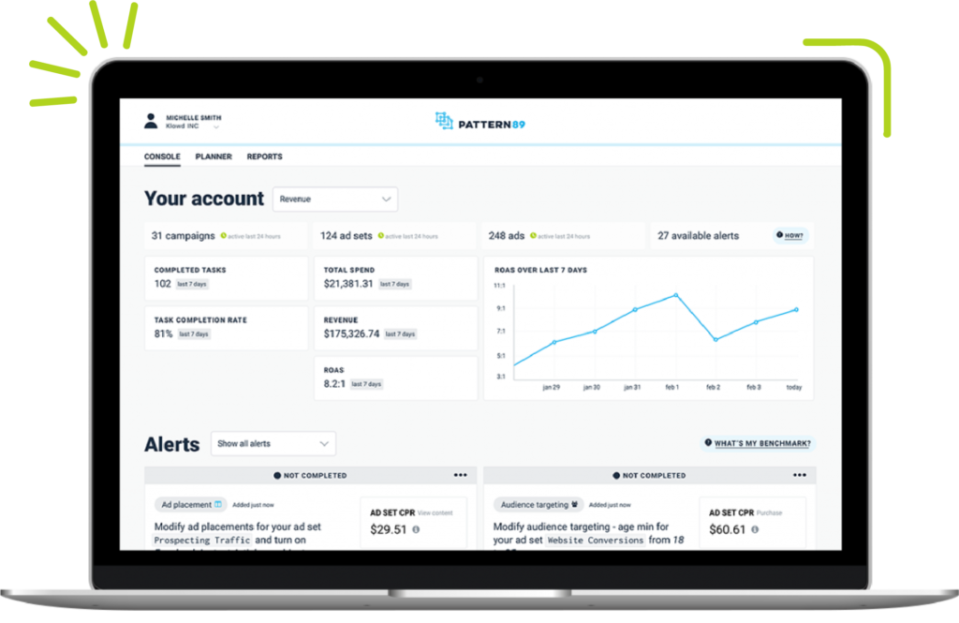The Technology That’s Disrupting Social Media Advertising for Mobile Retail

Are retailers hearing the call of mobile?
A recent report by Forrester found that smartphones were used in more than one-third of U.S. retail sales in 2018, from product research to checkout. For retailers looking to convert greater mobile sales, they might want to reevaluate their social media advertising.
More from Footwear News
According to a Think With Google survey, 51% of smartphone users purchased an item from a different company than originally intended, due to messaging appearing exactly when they needed it. That suggests social media advertising campaigns could attract new customers, if deployed strategically. Designed to help retailers capitalize on this opportunity, marketing platform SmarterHQ launched an Ad Personalization program on Tuesday morning.
“In order for brands to acquire and retain valuable customers, they must have a personalized, cross-channel strategy that spans ad platforms,” said Michael Osborne, president & CEO at SmarterHQ. “But until now, targeting within these platforms hasn’t been comprehensive enough. Syncing first-party data to power highly relevant ads often requires extra manual work and IT resources, which has hindered these efforts.”
The program builds on SmarterHQ’s existing behavioral marketing offering, which centers on collecting omnichannel data to inform brand messaging. Through Ad Personalization, the same omnichannel analysis can be integrated with the user’s Facebook and Google advertising to create individualized and customized campaigns. These can then work in conjunction with email, web and mobile pushes that the user already coordinates through SmarterHQ.
But SmarterHQ isn’t the only company taking advantage of the growing emphasis on social advertising and the new data technology available. At Pattern89, an artificial intelligence (AI) platform for digital marketers, data from all of its customers is anonymized and run through the company’s algorithms. This turns more than 100 billion impressions into 2,900 dimensions of analysis that are available to all users.

Pattern89
“One footwear retailer wouldn’t see the results of another footwear retailer because the machine doesn’t look at the data in that way,” said RJ Talyor, CEO and founder of Pattern89. “Instead, it looks at all of the red shoes, or all of the ads that are targeting women between the ages of 17 and 23. It anonymizes all this data, runs the analysis and identifies where the biggest opportunities are for you.”
Users of the program are then presented with a daily to-do list to optimize advertising performance, which Talyor estimates can be completed in five minutes. A new feature introduced this week, Gemini, enables users to automate the daily to-do list by clicking a “do it for me” button. Then there is the Creative Planner program, which makes broader advertising strategy recommendations based on AI learnings.
Artificial intelligence is becoming more common in retail; Salesforce projects that the percentage of retail and consumer goods marketers that are leveraging some form of AI will increase to 70%, from 20%, in the next two years. It also found that, during the 2018 holiday season, AI-powered recommendations yielded 14% higher, on average, order value.
Nevertheless, many retailers are still resistant to AI findings. As Pattern89’s algorithm looks at data from across industries, users receive insights collected from unexpected places; the same customer might buy both a pair of shoes and a mattress, revealing trends that work across contexts. But these recommendations can seem counterintuitive or untrustworthy, such as when one woman’s brand was told it should target men in its advertising. The brand chose not to follow the suggestion, but Talyor believes that not trusting AI is a mistake.
“There’s no bias in the machine; it’s looking for the lowest opportunity,” said Talyor. “It requires humans to intervene — and sometimes humans are unwilling to part with their intuition and their experience. But others are and when they do, they find untapped pockets of opportunity.”
Watch the video below to see how e-commerce brand Allbirds does it:
Want more?
How Chatting on Social Media Could Bring Big Business Gains
This Mobile Platform Wants to Help Everyone Become an Influencer
This Acquisition Means More Data and Actionable Insights for Retailers
Best of Footwear News
Sign up for FN's Newsletter. For the latest news, follow us on Facebook, Twitter, and Instagram.

